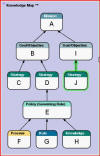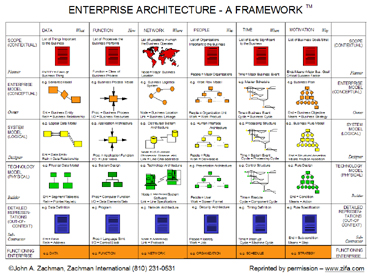Orbitz just lost its cool.
I just booked a roundtrip flight from Dallas to Atlanta. The outbound flight is at 5:30AM CDT. The return flight is at 4:05PM EDT. Each flight is about two and a half hours long.
But according the Orbitz' email confirmation:
- This is an overnight flight.
- This flight arrives two days later.
- This flight arrives on the previous day.
- This flight arrives two days prior.
- This flight departs from a different airport.
- This trip starts and ends at different airports. (see the rest of the email text below)
WOW! There is just way too much information here to absorb. I need to take this one step at a time so it can really soak in.
First, "this is an overnight flight." Do you know if you have to pay for pillows and blankets nowadays?
Second, "this flight arrives two days later." Apollo 11 took four days to get to the moon. (July 16-19, 1969)
Third, "this flight arrives on the previous day." Now that I can believe! Believe it or not, that would be the second time this ever happened to me. Once I flew out of Tokyo at night on my birthday. I arrived in Hawaii in the morning, on my birthday. The International Date Line is cool that way. (see http://bizrules.com/resumes/rh_mobil_story.htm)
Fourth, "this flight arrives two days prior." Back to the Future. Sounds like a good time to buy some stocks before takeoff.
Next, "this flight departs from a different airport." I hope they have a fast shuttle bus.
Finally, this trip starts and ends at different airports. I guess that message is OK. The main reason I booked this trip is to get from one city to another. So this message is technically correct. I've never seen this message before in Orbitz email confirmations, so this could be a new system enhancement to improve customer service: it's good to let customers know that they will land in a different place than where they took off from. That's all good. So that's not really a bug. It's more like a feature.
This automated email has 5 or 6 mistakes, depending on whether you think #6 is a bug or a feature. Actually 10 or 12 mistakes, because the messages were listed for each flight. That's not good.
Orbitz has a business rule problem. Somewhere in the system, rules are missing or they are just plane wrong. Orbitz needs to improve their business rules management system. Orbitz needs to figure out what their business rules are and what they should be. They need rules that are correct, complete, compliant, consistent, clear, and concise.
That's what Orbitz needs. And what Orbitz customers deserve.
Rolando Hernandez, CEO, www.BizRules.com
NOTE: Below is an excerpt of the Orbitz email
=================================================
Your Travel Document
Hello ROLANDO,
Thanks for traveling with Orbitz. This e-mail confirms the ticket number(s) issued for the "Atlanta <DepartureDate>" trip.
<DepartureDate>
Delta Air Lines # 1912
Dallas/Fort Worth International (DFW) to Atlanta Hartsfield-Jackson ATL (ATL)
Departure (DFW): <DepartureDate>, 5:30 AM CDT (morning)
Arrival (ATL): <DepartureDate>, 8:48 AM EDT (morning)
This is an overnight flight.
This flight arrives two days later.
This flight arrives on the previous day.
This flight arrives two days prior.
This flight departs from a different airport.
This trip starts and ends at different airports.
<ReturnDate>
Delta Air Lines # 67
Atlanta Hartsfield-Jackson ATL (ATL) to Dallas/Fort Worth International (DFW)
Departure (ATL): <ReturnDate>, 4:05 PM EDT (afternoon)
Arrival (DFW): <ReturnDate>, 5:34 PM CDT (evening)
This is an overnight flight.
This flight arrives two days later.
This flight arrives on the previous day.
This flight arrives two days prior.
This flight departs from a different airport.
This trip starts and ends at different airports.
=================================================
Update 1: An Orbitz customer service rep said this was due to Delta merging with Northwest. The inventory data from Delta is messed up she said. I wonder how many people received these warnings and error messages.
Update 2: A good place to go for more information on business rules management and rulebase techology is www.rulesfest.org


 We use this tool to document your business rules independent of any BRE - yet it can be implemented using any BRE. Again, this is a logical model of your business rules. It can be used as the rulebook or specs for authoring the rules in any BRE.
We use this tool to document your business rules independent of any BRE - yet it can be implemented using any BRE. Again, this is a logical model of your business rules. It can be used as the rulebook or specs for authoring the rules in any BRE.

